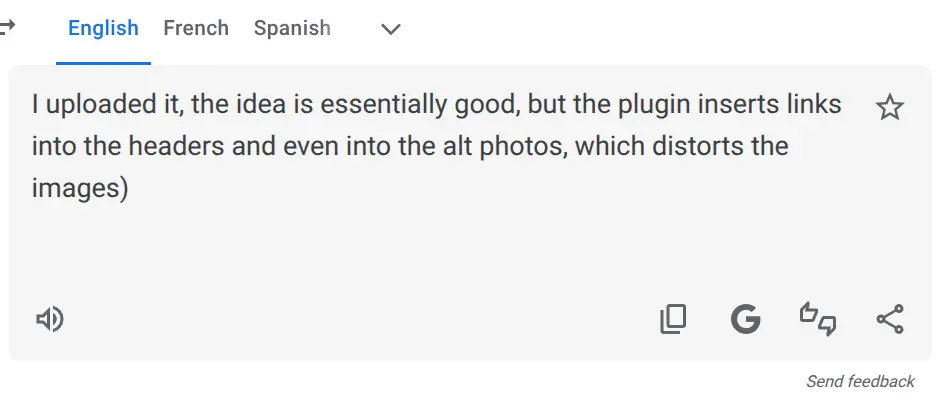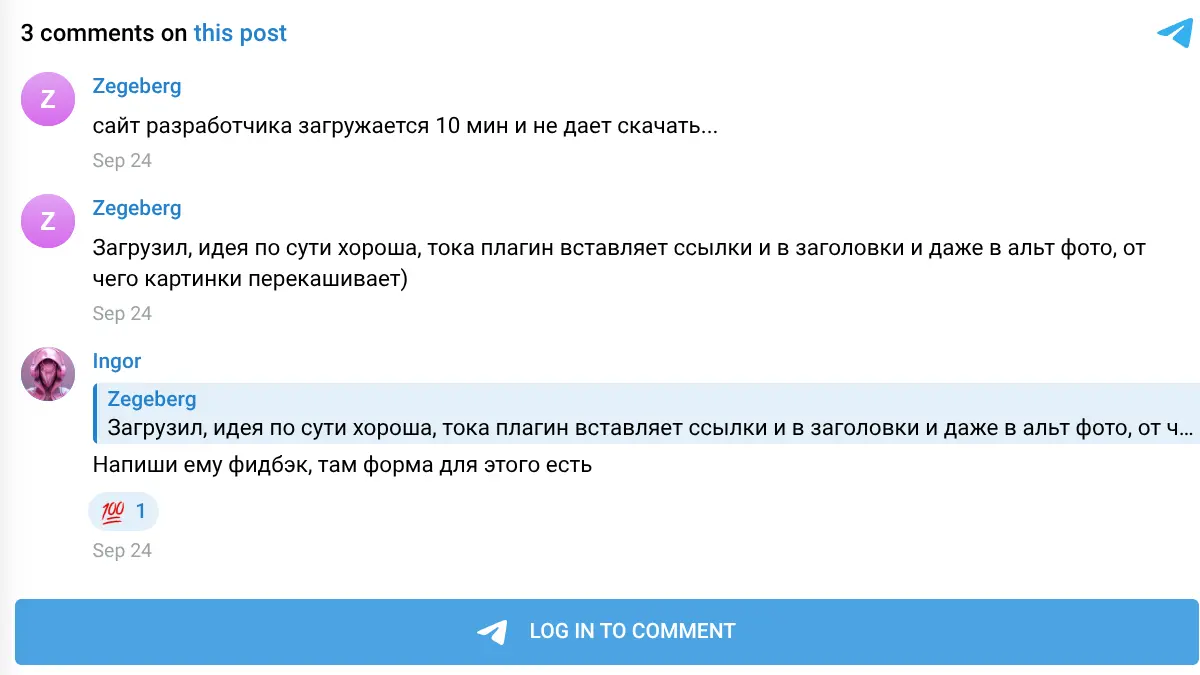As a developer, I’ve heard the grumbling from some peers: bug reports are a hassle, a drain on time, or even a personal attack on their work. But I see them differently. Bug reports are a favor—a gift from users who care enough to help us improve our software. A recent experience with my Joomla plugin, Content - InterLinked, drove this home. A user’s informal comment, found by sheer luck, revealed a critical issue that could have lingered for months without a formal report. This article explores why clear, direct, and official bug reports are essential for developers and users alike, using this case as a vivid example.
The InterLinked Plugin Case: A Fluke Discovery
While browsing the internet last week, I stumbled across a post on a Joomla-related site (https://joomlaportal.ru/news/fastnews/interlinked-plagin-avtomaticheskoj-vnutrennej-perelinkovki-dlya-joomla). A Russian user mentioned an issue with Content - InterLinked, a plugin I developed for Joomla 4/5 to automate internal linking based on meta-keywords and categories. They noted that the plugin was inserting links into image alt attributes, causing images to appear skewed or distorted in their site’s layout—likely because the alt text was wrapped in <a href="/..."> tags, which disrupted rendering. They also mentioned links appearing in headings (H1-H6), which was an intentional feature, though I’m open to feedback on whether it’s the best design choice.
The catch? This user didn’t submit a formal bug report via the plugin’s contact form, as another user suggested. I only found this feedback by chance during unrelated internet searching, part of occasional reputation research. Without this fluke, the alt attribute bug might have gone unnoticed for months, affecting countless users. In response, I quickly updated the plugin to ignore all parts of image tags and added an option to disable linking in headings, addressing both the bug and potential concerns about the heading feature. But here’s the kicker: if the user had submitted a clear, official report a month earlier, I could have fixed this issue long before it impacted others.

Why Bug Reports Matter
Bug reports are the lifeblood of software improvement. They alert developers to issues we might never encounter in our own testing environments, which can’t replicate every user’s setup—different browsers, Joomla configurations, or site templates. The InterLinked bug is a perfect example: I didn’t anticipate that found keywords in alt attributes would break image rendering, but a user’s real-world experience revealed it. Without their feedback, even informal, the issue could have persisted indefinitely.
Yet, informal feedback like a comment on a third-party site is a gamble. Developers aren’t guaranteed to find it, and users may not follow through with a formal report. This delay—or complete miss—can leave bugs festering, frustrating users and tarnishing a plugin’s reputation. Official bug reports, submitted through dedicated channels like a contact form, ensure developers get the details they need to act swiftly. In my case, a formal report could have saved a month of user frustration.
The Developer’s Perspective: A Favor, Not a Bane
Some developers dread bug reports, seeing them as criticism or extra work. I get it—nobody likes hearing their code isn’t perfect. But this mindset misses the point. Bug reports aren’t attacks; they’re opportunities. They show users care about your software enough to help you make it better. When that Russian user mentioned the InterLinked issue, they did me a favor, even if they didn’t realize it. Their comment prompted updates that improved the plugin for everyone—preventing broken layouts and adding flexibility for users who prefer no links in headings.
Yes, a casual complaint on joomlaportal.ru prompted a new feature in my plugin.
By embracing bug reports, developers can turn potential negatives into positives. Each report is a chance to fix issues, refine features, and build trust with users. For InterLinked, the feedback not only fixed the alt attribute bug but also sparked a discussion about heading links, leading to a new configuration option. That’s collaboration in action, and it’s why I view every report as a gift.
How Users Can Make Bug Reports Effective
To maximize their impact, bug reports need to be clear, direct, and detailed. Vague comments like “the plugin breaks my site” don’t give developers enough to work with. Here’s how users can craft reports that make a difference, using the InterLinked case as an example:
Describe the Issue Clearly: Instead of “images are skewed,” specify that “links are inserted into image alt attributes, causing images to distort in Chrome and Firefox.”
- Provide Steps to Reproduce: For example, “1. Install Content - InterLinked on Joomla 5. 2. Create an article with an image whose alt text matches a meta-keyword. 3. View the article in the frontend—images shift or stretch.”
- Include Environment Details: Note the Joomla version, browser, and any conflicting plugins or templates. For InterLinked, mentioning the site’s template could have helped pinpoint rendering issues.
- Explain Expected vs. Actual Behavior: “I expected images to display normally, but the alt text links cause them to misalign.”
- Suggest a Fix (Optional): The user could have suggested excluding image tags from linking, which aligned with the update I made.
- Use Official Channels: Submitting via the contact form at richeyweb.com ensures I see the report, unlike a comment buried on a third-party site.
A report following these guidelines would have reached me directly, likely leading to a fix a month earlier. This clarity empowers developers to act fast and effectively.
A Call to Developers: Embrace and Enable Feedback
Developers, let’s shift our mindset. Bug reports aren’t a burden—they’re a lifeline. They help us catch issues we’d miss otherwise, especially in open-source ecosystems like Joomla where users have diverse setups. The InterLinked bug showed me how a single user’s observation can lead to significant improvements, but only if we hear about it.
To make this easier, provide clear reporting channels. My contact form at richeyweb.com is a start, but I’m also considering a dedicated bug tracker to streamline feedback. Encourage users to report issues directly, and when you receive a report, respond with gratitude and transparency. Even if you can’t fix a bug immediately, acknowledging it builds trust and keeps users engaged.
A Call to Users: Be Our Partners
Users, you’re the eyes and ears of our software in the wild. When you spot a bug or question a feature, like the heading links in InterLinked, don’t hesitate to report it. Your feedback is a favor that helps us deliver better tools. Use official channels, provide detailed information, and know that your report can prevent issues for countless others. Had the Russian user submitted a formal report, I could have fixed the skewed images a month sooner, improving the experience for everyone.
Bug reports are a partnership between developers and users, turning rough edges into polished software. The InterLinked plugin’s alt attribute bug, found by chance a week ago, could have been fixed a month earlier with a clear, official report. Instead of relying on flukes, let’s build a culture where users submit detailed, direct feedback and developers welcome it as a favor. Together, we can create tools that work better for everyone. So, next time you spot a bug, don’t just mention it in passing—report it. You might just save a developer from missing a critical issue.
To Zegeberg - thanks for the report, regardless of where you made it.
